A look at the complicated relationships between the Royal Families of Britain and Scandinavia.
As the world mourns the death of Queen Elizabeth II, we take a look back at one of our most popular articles from last year: an in-depth look at the complicated relationships between the British and Scandinavian Royals.
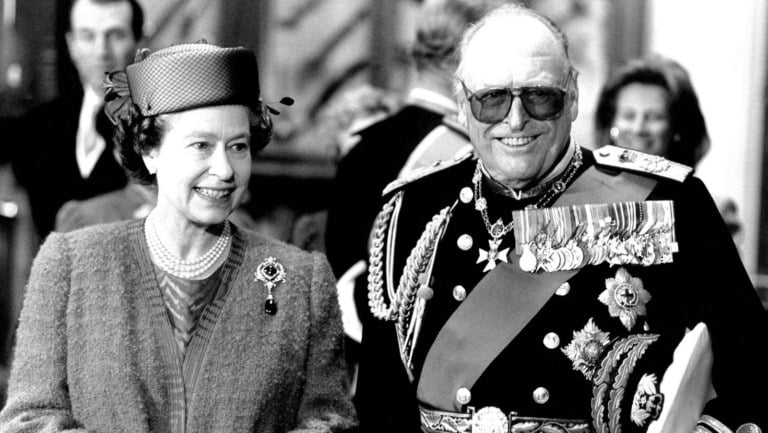
Hit TV shows like The Crown and Atlantic Crossing have thrust Royal Families into popular culture arguably like never before. But the truth of these families is often stranger than fiction!
Death comes to Buckingham Palace
On 9 April 2021, the BBC interrupted its scheduled programming to announce that Queen Elizabeth’s husband, Prince Philip, had died, just a couple months shy of his 100th birthday.
While the BBC were the first to report his death, they were certainly not the last, and the story was picked up by news stations all around the world.
As a British person, I almost drowned in the sheer number of articles that flooded my newsfeed about royal funeral protocol, what this meant for the Queen, and – ridiculously of course – how this was all somehow Meghan Markle’s fault.
Naturally, condolences were sent from other European royal families – but these were much more personal than a generic “sorry for your loss”.
The messages from the Swedish and Danish royals in particular emphasised their own family ties to Philip, who was a Prince of Greece and Denmark, and once even said that he considered himself to be Scandinavian, “particularly, Danish”.
This British-Scandinavian connection didn’t particularly surprise me; I’ve always known that the royals are all related somehow.
However, it was only as I did more research, and a headache started to grow along with the number of tabs open on my browser, that I realised that these families are far more connected than I had realised… and in multiple ways.
So, if you’ve ever wondered exactly how the British and Scandinavian monarchs are related, then make yourself a cup of tea and grab a pen and paper – you’re going to need them.
Keep it in the family
Before we get into the intricacies of who’s related to who, here’s a quick rundown of the current monarchies operating in Europe.
The majority of European countries are now republics, having deposed, exiled or executed their royals at some point before and during the 20th century (the French seem to enjoy the process so much that they’ve become a republic five times).
Currently, there are only twelve European monarchs left in existence, only seven of which are the heads of “kingdoms”:
- Queen Elizabeth II of the United Kingdom of Great Britain and Northern Ireland
- King Harald V of Norway
- King Carl XVI Gustaf of Sweden
- King Felipe VI of Spain
- King Phillippe of Belgium
- King Willem-Alexander of the Netherlands
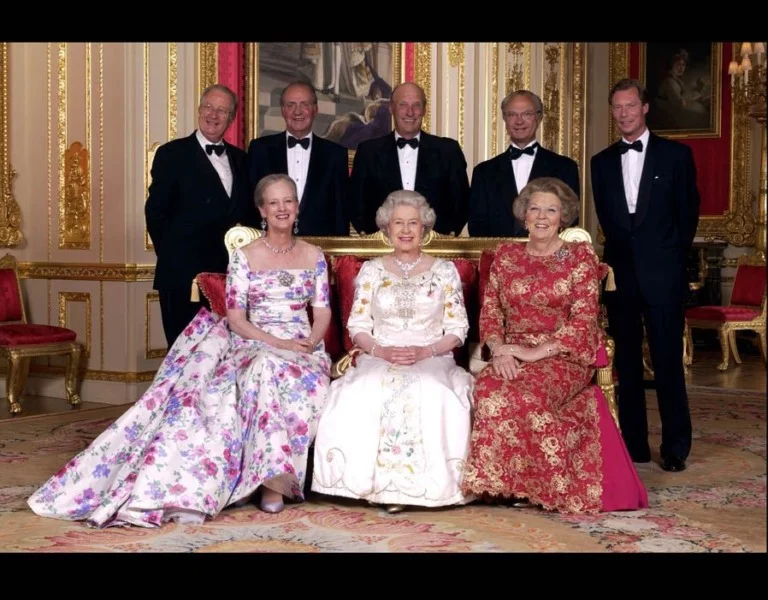
All of these royal families have two main things in common. The first thing is that they all operate as ceremonial constitutional monarchies. This means that they share power with an elected government, and the power they do have is more symbolic or traditional in nature and has very little impact on how the country is actually run.
The second thing is each other. The European monarchies are often represented on their coat of arms by noble animals, such as lions, eagles, or – in Scotland’s case – unicorns. However, in many ways, I think the pug is much more appropriate, as they’re also inbred to the point that I’m not exactly sure why anyone thought it was a good idea.
Read more: The Royal Family of Norway
Naturally, the extent to which they’re related varies. It’ll probably surprise no one that the Scandinavian royals are extremely close, and that the Crown Princes and Princess even have group video calls – almost like any other family separated during this pandemic (almost).
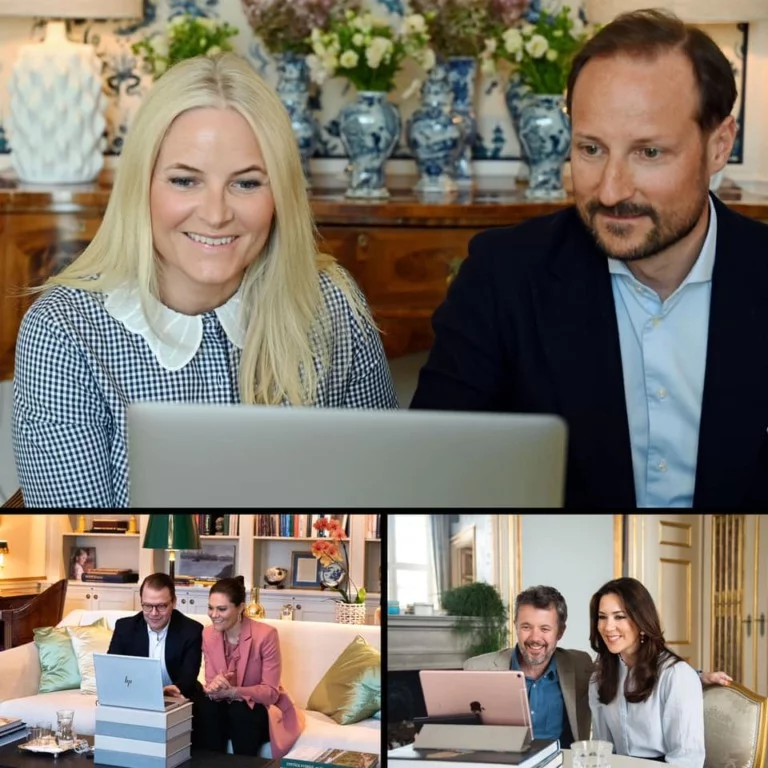
However, what did surprise me is that the British royals are just as intertwined with the Scandinavians as they are with each other – and not only through Prince Philip. In fact, both King Harald and King Carl Gustaf are in line to the British throne (though admittedly that line is getting longer and longer every year).
While Scandinavia and the UK have a long history of shared monarchies, their current close ties can be attributed to two key figures: Queen Victoria I of the United Kingdom of Great Britain and Ireland* (*at the time) and King Christian IX of Denmark (who were third cousins themselves).
The Grandmother of Europe
Queen Victoria is often referred to as “the Grandmother of Europe”, as she had nine children who all married into key positions in other European royal families. Incidentally, she was also a pug enthusiast.
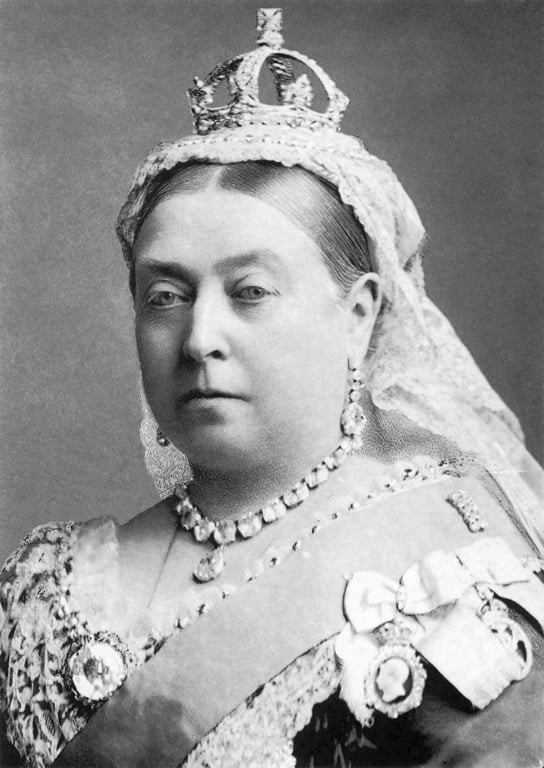
Out of the seven European monarchs listed above, six of them are her direct descendants, and three of her nine children became the great-grandparents of the current reigning monarchs of the UK, Denmark, Norway and Sweden (as of May 2021).
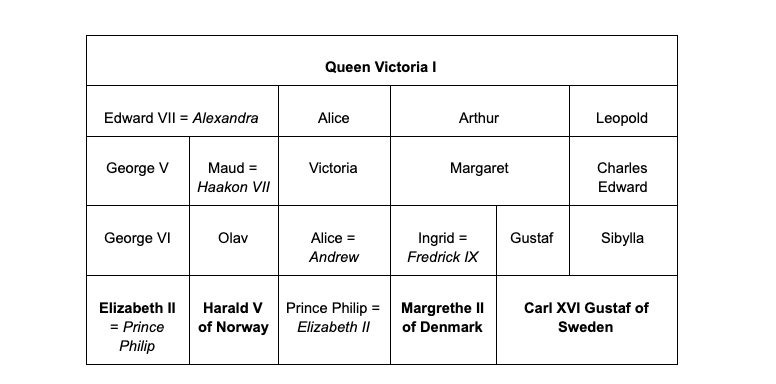
Via Queen Victoria’s bloodline:
- Queen Elizabeth and King Harald are second cousins, which means that King Harald is Queen Elizabeth’s closest related monarch
- King Carl Gustaf’s parents were second cousins. This means that:
- King Carl Gustaf and Queen Margrethe are both cousins and third cousins
- King Carl Gustaf and Queen Elizabeth are third cousins twice over, as are King Carl Gustaf and King Harald
- Queen Elizabeth and Queen Margrethe are third cousins
- Queen Margrethe and King Harald are third cousins
Prince Philip was also one of Queen Victoria’s great great grandsons via her daughter Alice. This makes him a third cousin of King Harald, Queen Margrethe, Carl Gustaf, and Queen Elizabeth, the latter also being his wife.
The Grandfather of Scandinavia
Technically, King Christian’s nickname is “the Father-in-law of Europe”.
However, given that the majority of European royal families that his children married into are no longer operating monarchies, and given that he’s almost as related to the current Scandinavian and British royals as Queen Victoria is, I think “Grandfather of Scandinavia” is more appropriate.
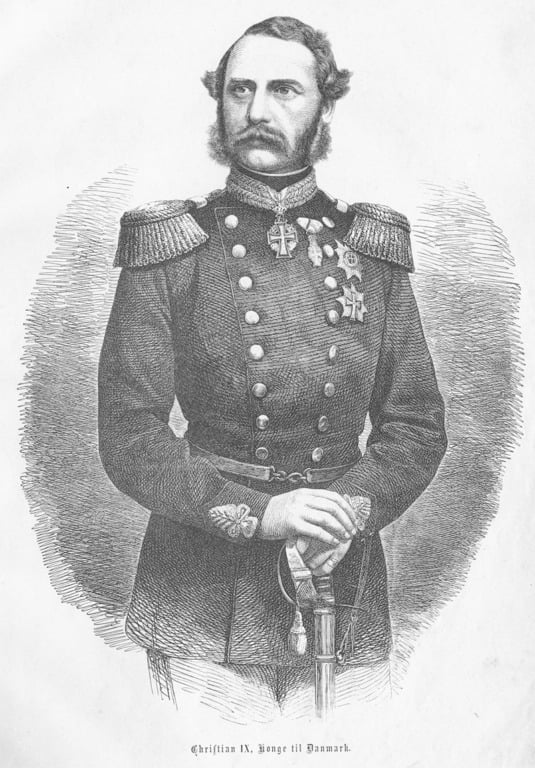
Of Christian’s six children, two of them became the great-grandparents of the current reigning monarchs of the UK, Denmark, Norway and Sweden (as of May 2021).
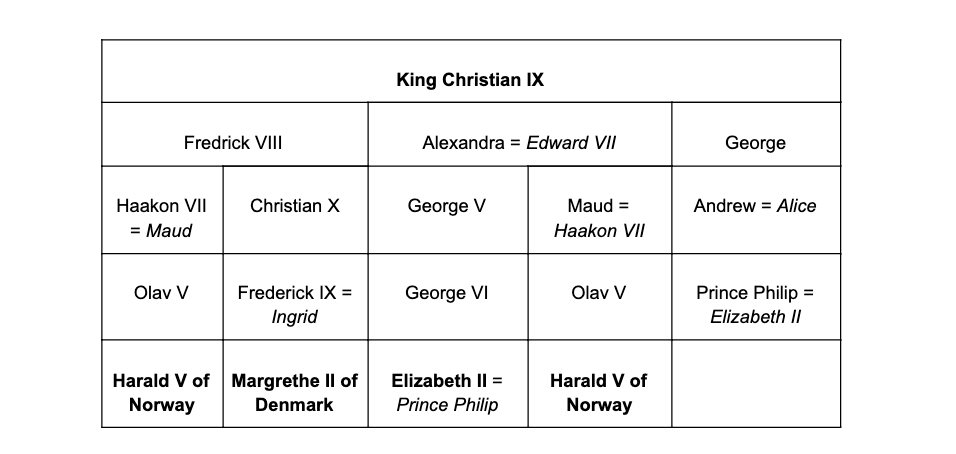
Via King Christian’s bloodline:
- Queen Elizabeth and Queen Margrethe are third cousins
- King Harald’s grandparents were cousins. This means that:
- King Harald and Queen Elizabeth are both second cousins and third cousins, as are King Harald and Queen Margrethe
While King Carl Gustaf doesn’t appear on this side of the family tree, Prince Philip does. Via King Christian’s son George, he is the second cousin once removed of King Harald, Queen Margrethe, as well as Queen Elizabeth (again, his wife).
Blue blood?
In 2018, the Duke and Duchess of Cambridge paid a visit to Norway and Sweden. In his speech welcoming them to Norway, King Harald said:
“The Queen and I are delighted to welcome you on your first official visit to Norway. You are family and that makes the visit very special for the queen and me, and for all of us.”
While there are a lot of cultural differences between Scandinavia and the UK (and between the Scandinavian countries, for that matter), there is also a lot of shared history, and in many ways, the relationship between our royal families is an excellent representation of this.
We often describe royals and aristocracy as having “blue blood”, which distinguishes them from the rest of us red-blooded commoners. Of course, we realise that this is just an expression, and that all humans bleed the same, regardless of status.
That said, if the royals do have different blood from us, it’s probably due to the haemophilia they’ve all inherited by Queen Victoria.
Have you ever met a Scandinavian royal? Is there a member of the royal family you particularly admire? Let us know!

